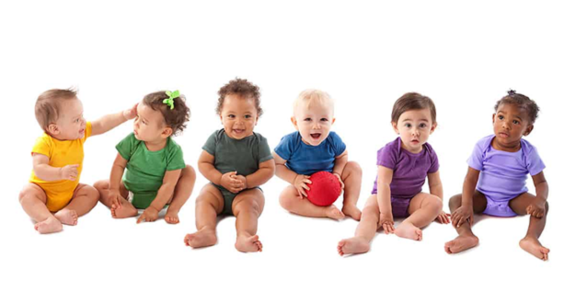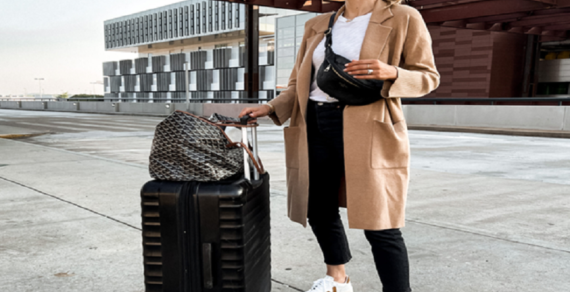Everyone who is involved in fashion in one form or another is aware that fashion and style are cyclical. The last century has seen fads come and go – but there have also been some trends that continue to shape the world of fashion in the 21st century.

Fashion morphs, changes and evolves – however, there are ‘old school’ trends, many with their roots in the 1950s that are today being revived, albeit with modern flourishes and embellishments.
For men and women, fashion choices are intimately tied to their sense of identity. Our choices and what we wear are influenced by the media, print advertising, increasingly the social media – and by trends that have their origins in the distant past. As we launch into a new year we can be certain that fashion will continue to evolve.
To understand how fashion will evolve it is necessary to understand the history of fashion and take a close look at how trends have shaped fashion. A close look at history will reveal just how fashion has changed over the previous decades – and how these changes have provided us with some of the most iconic fashion statements and trend-setting styles that continue to influence the way we adorn ourselves today. I have ever wondered what are shaper bras? then see here.
The 1950s.
The 1950s were characterized by a period of increased economic growth. The end of WWII saw a society that was becoming increasingly conservative. Conformity informed the fashion choices of the majority. However, that conformity (especially in the United States) set the scene for a backlash, rebellion against accepted fashion norms was in the air.
That sense of non-conformity saw fashion evolving at a rapid pace. Both men and women rejected the old – with an explosion of men’s high-waisted pants, fitted blouses, and round collars for women and shoulder pads. Printed patterns were embellished with hand-painted detailing and beadwork which provided each piece of clothing with a unique style.
Hats continued to be an important stylistic feature. For women, the influence of movie stars such as Audrey Hepburn saw them adopt smaller hats and short hair. for men the wearing of a hat was a simple fact of life – it was something you did every day, with felt hats being extremely popular. A review of the movies that were released at this time showed button-up shirts, high-waisted pants, ties – and those popular felt hats.
Cigarette cases
You would not be viewed as trendy without your trusty cigarette case. The dangers of smoking had not yet been fully revealed. Smoking was tremendously popular and the stylish cigarette case was very much a part of the trendy social scene.
The 1960s
As the 1960s got underway in the United States, the idea of counterculture took hold. Social norms began to be ignored. The younger crowd embraced the idea of unbridled sexuality, clothing that expressed individuality, and a more cynical attitude towards the ‘establishment’. People felt the need to express their own unique idea of freedom from conformity. The rebellion was expressed in art and in the social fabric.
It was a time of change. Martin Luther King’s ‘I have a Dream‘ speech was emblematic of changing social mores. Society was further fractured by a sense of collective shock when President Kennedy was assassinated and Richard Nixon took office. It was the ‘Summer of Love’ in places such as San Francisco – and the hippies were becoming a feature of everyday life.
The Hippie Phenomenon
Beatlemania and the enormous and iconic success of Woodstock, as well as the conflict in Vietnam all, played their part in shaping the consciousness of the period – and influencing style. Freedom was expressed through designs and production methods of items of clothing featuring tie-dying – which was employed in almost every conceivable item of clothing.
Strangely – the tie-dye phenomenon came to define this era of renewed focus on individual expression and rebellion, but women were still actively discouraged from wearing trousers. Jeans were frowned upon as being suitable for women – and this led to a profusion of long flowing dresses, often featuring flower motifs.



